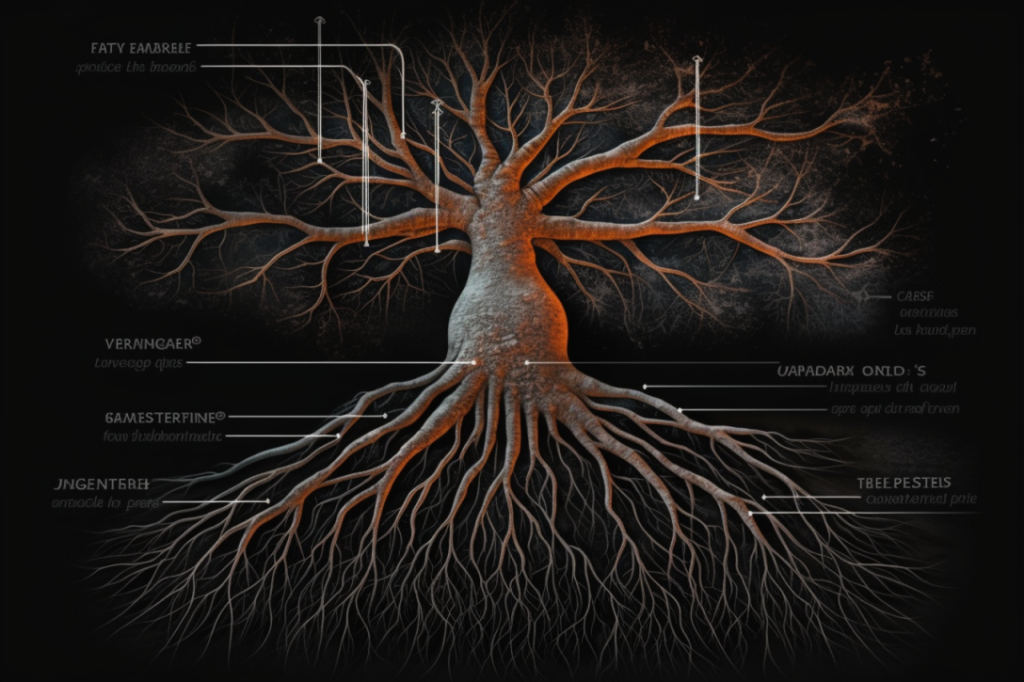An SEO professional was concerned about a site migration they did. They did a CMS migration and changed all of their URLs entirely.
They made changes to their URL structure, etc., completed all of the required 301 redirects to the new URLs, and improved all of the technical aspects of the website.
However, they found that traffic dropped significantly, immediately after the URL changed.
John explained that when one domain is moved to another, Google transfers everything to the new domain very easily.
If you change all the URLs in the site, though, that does take more time for processing. This is because with all the URL changes, Google cannot transfer the entire site in one direction.
Instead, Google has to reprocess the entire site and understand the exact context of all the pages on the site first.
This can take quite a bit of time.
It’s likely that during this period of flux that you will see fluctuations in ranking. It’s also possible that the flux period could go on for a longer duration.
This is the problem with changing the entire CMS. Oftentimes, CMSes have specific attributes that get removed – or otherwise – as a result of such a migration to a new CMS.
For example, from WordPress to Drupal.
This also includes many things surrounding internal linking. Things like changing the design of the pages, changing the internal URLs, and others.
These types of changes are all things that can cause significant ranking and traffic drops as a result.
Furthermore, because of these changes, it’s possible that the final state of your site is something less than it was before, hence the reason why it lost many of those rankings.
It’s important to understand the differences between the older version of the site and the new version, so that you can make any necessary adjustments.
Sadly, waiting to see what happens is part of the job and you have to do this in order to see what kind of impact will occur after these types of changes are in full effect.
This happens at approximately the 32:45 mark in the video.
Are you looking for a better way to do SEO audits? Our Ultimate SEO Audit Template could be right up your alley!
John Mueller Hangout Transcript
SEO Professional (Submitted Question) 32:45
A few months ago, we made a CMS migration and our URL structure completely changed. All of our URLs execute 301 redirects to the new addresses, and we have improved technical indicators. After that, we realized our organic traffic dropped a lot and immediately after the URLs changed, is that what we should expect? What time does it take?
John (Answer) 33:11
So when you move from one domain to another, it’s very easy for us to just transfer everything from that domain to the new one. And that’s something that can be processed within almost like a week or so in many cases. However, if you change the internal URLs within your website, then that’s something that does take quite a bit of time. Because essentially, we can’t just transfer the whole website in one direction, we have to almost reprocess the whole website and understand the context of all of the pages on the website first.
And that can take a significant amount of time. And during that time, you will almost certainly see fluctuations. So my kind of like offhand guess would be you will definitely see at least a month of fluctuations there. Perhaps even longer, especially if it’s a bigger change within the website itself. The other thing is when you change your CMS, oftentimes, things that are associated with a CMS also change. And that includes a lot of things around internal linking, for example, and also the way that your pages are structured in many cases.
And changing all of those things can also result in fluctuations, it can be that the final state is higher or better than it was before. It can also be that the final state is less, less strong than it was before. So that’s something where changing a CMS and changing all of the internal linking on a website, changing the internal URLs on a website, changing the design of these pages. These are all individually things which can cause fluctuations and can cause drops and perhaps even rises over time.
But doing that all together means that it’s going to be messy for a while. So that’s something where, on the one hand, waiting to see what happens is something you almost have to do. But at the same time, I would also recommend, really, from a technical point of view, trying to understand all of the differences between your new version of your website and your old one, and try to figure out which of these changes are better and which of these changes might be worse, in which things you might want to clean up. Archive.org is a great way of looking at your website, kind of in the past.
So I would use that to try to figure out what things looked like before, how the internal linking was set up, what anchor texts were there, what headings, what kind of text was there, all of that. The other thing to watch out for with these kinds of migrations is oftentimes there’s embedded content that you don’t think about, directly, because it’s not an HTML page. And a really common one is images.
And if you don’t redirect your old image URLs, then we have to kind of reprocess them and find them again new, because we don’t have that connection between the old images and the new ones. So if your site was getting a lot of image search traffic, that can also have a significant effect, and setting up those redirects probably still makes sense. Even if you’ve moved after, I don’t know, a month or so. I don’t know what the timing here was.









